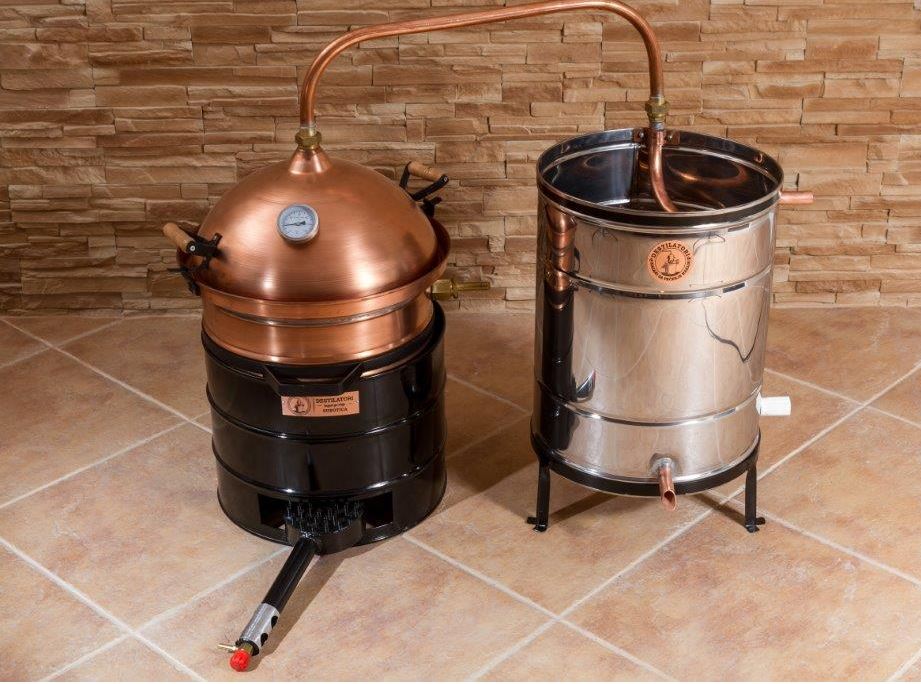Making your own wine
Do you want to make your own wine? Making your own wine is easier than you think! You can decide on the taste and create a good stock. Ideal for special occasions or a spontaneous visit from friends or relatives!
Ingredients for wine making
The most important ingredients for making wine are (grape) juice, (wine) yeast, sugar, acids, and yeast nutrient salt. Ultimately, you can add ingredients yourself and determine your own taste. By experimenting with the amount of sugar, for example, you can create the most delicious flavours!
Equipment for wine making
Equipment for fermenting wine includes:
- White bucket
- Tea towels
- Strainer
- Funnel
- Wooden spoon
- Fermentation bottle
- Airlock and siphon rod
- Clean wine bottles
Basic instructions
1) Squash the grapes and add water
Do you have home grown grapes? Squash the grapes with your hands or a masher and add filtered water or spring water. Do not use tap water! Substances are added to tap water that have a direct influence on the taste of the wine.
2) Add the sugar (or honey)
The amount of sugar has a direct influence on the taste of your wine. If you like sweet wine, you can add extra sugar.
3) Add the yeast and stir it
By adding and stirring the yeast, a must is created. In the winery this is the name for the freshly squeezed, but not yet fermented juice from grapes or other fruits.
4) Cover it and let it sit overnight
Cover the bottle or bucket with a tea towel. This allows sufficient oxygen to get to the must and prevents fruit flies, which carry vinegar bacteria, or dust from ending up in your wine.
5) Stir the must a few times a day
When you start to stir the must, the mixture should bubble. This activates the fermentation process.
6) Sieving and siphoning
After a few days, the liquid will stop bubbling as much. The solids can be strained out and the mixture transferred to a fermentation bottle. Apply an airlock so that the gases created during the fermentation process can escape.
7) Maturation
The longer the wine is matured, the better the taste. If you have added extra honey or sugar, a longer maturation is best to prevent the wine from turning out too sweet.
8) Bottle your wine and serve!
Transfer your wine to clean bottles and enjoy your home-made wine! Serve or store the wine in style. Use our sprit keg to rest and preserve your drink. You won’t have to transfer the wine again.


















